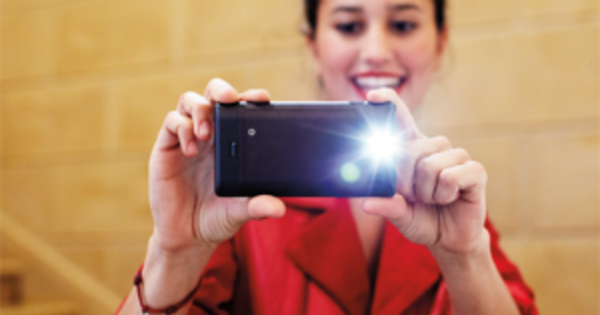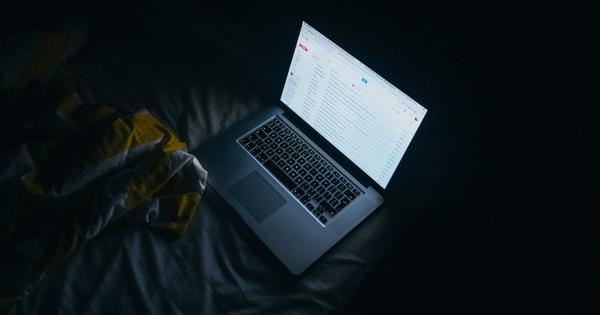In the so-called notification panel of Android you will find handy shortcuts to frequently used functions, such as your WiFi and Bluetooth connection. Customizing the panel to your liking puts the options you need most close at hand. This way you can customize the notification panel in Android.
The Android notification panel appears as soon as you swipe down from the top of the screen. You will then see five buttons, but as soon as you pull the menu further down you will find many more. At the top right of the screen you see the icon of a pen. Tap this to be able to edit the panel and determine the order of the functions yourself.
You move the icons to a new place by simply dragging them. below Drag to add tiles you will also find some additional options. Tip: put the five functions you want to use the most at the front. You will see them immediately again as soon as you pull the panel down even slightly.

We will quickly go through all the functions with you.
Android Shortcuts
Wi-Fi: By tapping this, you can quickly turn your Wi-Fi on or off. Or connect to a new WiFi network. You can also see immediately how strong the signal is.
Bluetooth: Works the same as the WiFi button, but for Bluetooth. We recommend that you leave Bluetooth on only as long as you are connected to devices, such as wireless headphones. It is useless to leave Bluetooth on if you are not actively using it, as it will only drain your battery faster.
Mobile data : If you are connected to your provider's network, you will see the name of your provider here. Here you can choose to switch off your mobile internet, if, for example, you are about to reach your data limit. Press More settings to find out exactly which apps have consumed the most data lately.
Flight mode: Airplane mode turns off all wireless signals from your phone. As a result, you can no longer use the internet, call and text, but you can play local music and movie files or play a game.
Automatic rotation: When this is on, the screen rotates as soon as you tilt your smartphone. Handy if you want to watch a YouTube video in full screen. If you prefer the screen to maintain its fixed position, turn this function off.
Flashlight: Does exactly what you expect it to do. Your camera's flash will turn on, allowing you to use your phone as a flashlight.
Location: This will enable location data that apps use to - indeed - determine your location. Think of Google Maps, but also your Weather widget, for example. If you don't need it, leave it out. Location determination also consumes energy, which drains your battery faster.
Battery usage: Here you can see how long you can use your phone before it has to be recharged. You can also see which apps consume the most energy and disable them where necessary. Optionally, you can turn on Android's battery-saving mode, but only use it in emergencies.

Data Saving: By turning on the data saving mode, apps consume less mobile data. It is therefore interesting when you are almost at your data limit or, for example, you are abroad. You can determine this per app, but not from this menu. Here you can only turn the mode on and off. The other functions can be found under Data usage in Institutions.
Casting: As the name suggests, you can adjust settings here for 'casting' your smartphone to other devices. One of the most used applications is streaming your smartphone screen via a Google Chromecast.
NFC : This enables you to switch on the NFC chip of your phone, at least if your device has one. One of the most important applications at the moment is paying with your smartphone at ATMs, but recently also checking in with your phone in public transport. If you don't use this, feel free to turn it off.
Night mode: If you spend a lot of time with your phone before going to sleep, turn on the night mode in the evening to filter the blue light from your screen. Is better for your night's sleep, has been proven.
Hot spot: Chances are, your laptop can only access the internet if it has a Wi-Fi connection, but it's not always nearby. For example, on the train. You can then convert the mobile internet from your smartphone into a WiFi signal for your notebook, so that you can still use the internet. You can turn the hotspot on or off here. If you haven't set one up yet, go to Settings, Wireless & networks, More, Tethering & portable hotspot.
VPN: Here you can arrange everything around your virtual private network and enable or disable the encrypted connection. This only works if you actually use a VPN - Android does not come with a VPN by default.
Invert colors: Inverting colors will make your screen appear in negative. We honestly never use it and you probably don't either.
Lock buttons: As a result, the physical buttons of your device no longer work. You can then only use the touchscreen. The applications are also limited.
Reset notification panel
It is also possible that you see more or fewer options on your phone, or that they are called differently. That differs per brand and also depends on the apps you have installed. Spotify, for example, sneaks in an offline mode for the streaming service. Experiment to your heart's content, nothing can go wrong. If you want to go back to the old layout, go to the edit screen, press the three dots and tap Reset.

